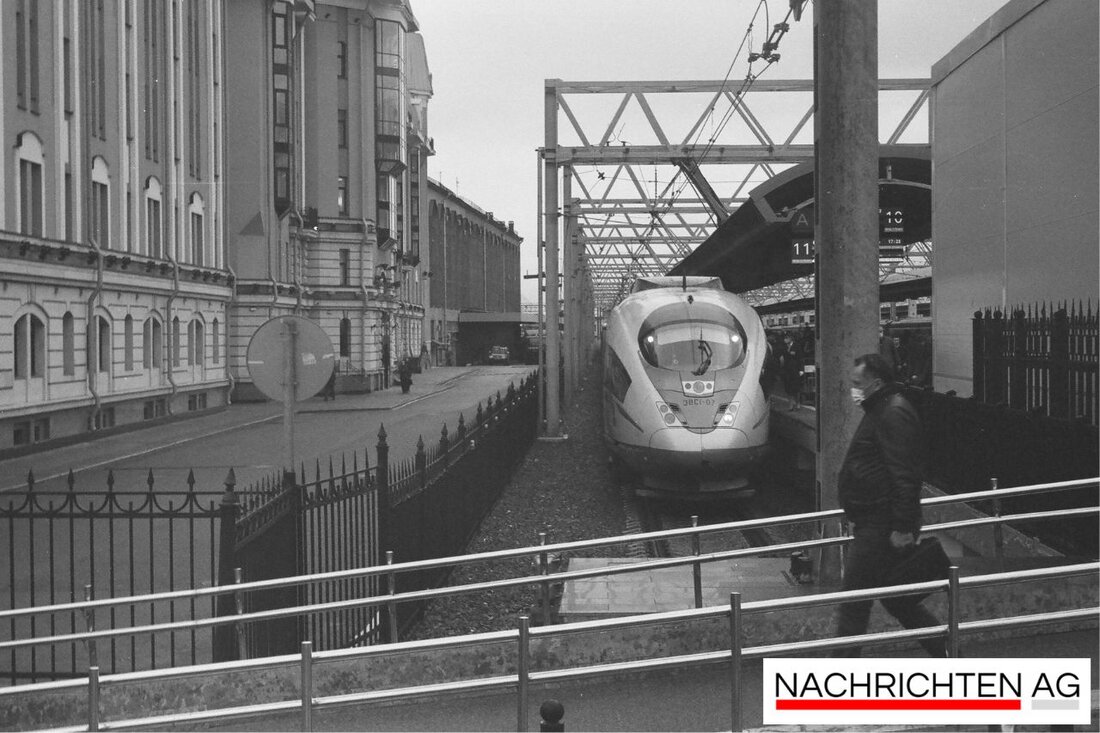New city quarter at Buch S-Bahn station: 2,700 apartments in sight!
Berlin is facing major challenges in housing construction. New projects at the Buch S-Bahn station aim to create 2,700 apartments while taking nature and landscape protection into account.

New city quarter at Buch S-Bahn station: 2,700 apartments in sight!
Berlin is facing a growing housing challenge as the need for new apartments remains high. The city is planning a new urban quarter, particularly at the Buch S-Bahn station, which is considered an important residential project in the northern districts of Berlin. The state-owned Howoge has taken over responsibility for building around 2,700 apartments on an area of 57 hectares. This project is led by Building Senator Christian Gaebler (SPD) and is intended to include residential blocks up to twelve stories high. The proximity to natural areas represents an additional attractiveness that is incorporated into the planning to ensure the quality of life of future residents (Berliner Zeitung).
The planned residential area in Buch – Am Sandhaus is located on the northern edge of the Pankow district. Daycare centers and a new primary school are planned here as part of the development plan. The importance of the location is further underlined by its proximity to the S-Bahn station, which offers excellent connections to the public transport network. It is noteworthy that plans for housing construction in this area already existed during the GDR era, but were initially not pursued after the fall of the Wall. The increased demand for housing has revived interest in this area, and in 2018 the Senate decided to establish one of the new city quarters there (Berlin.de).
Ecological and social aspects of planning
In order to minimize the impact on nature and the landscape, the city administration is examining various settlement models. The consideration of ecologically valuable areas, such as landscape protection areas and forest biotopes, is at the forefront of the planning. For this purpose, the land use plan was changed in 2019 in order to clearly delineate the possible uses for residential construction. The Senate Department for Urban Development, Building and Housing has been responsible for the development of this new residential area since the beginning of 2020 (Berlin.de).
In Pankow, the most populous district in Berlin with over 400,000 inhabitants, several new residential projects are currently being built, which include both subsidized rental housing and condominiums. The district has become the central focus of urban housing development. Several large construction projects, ranging from Prenzlauer Berg to Buch, are being planned and aim to enable new usage concepts and urban densification (Development City).
Current residential projects in Pankow
Other construction projects in the district include:
- Berliner Straße: Bau eines sechsgeschossigen Wohn- und Geschäftshauses mit Fertigstellung für Mitte 2025.
- Hamburger Platz: Zahlreiche Neubauten mit insgesamt rund 185 neuen Wohnungen, die bis 2026 fertiggestellt werden sollen.
- Thule48 in Prenzlauer Berg: Ein Wohnprojekt mit ökologischer Bauweise, das die vorhandene Blockrandstruktur ergänzt.
- Diesterwegstraße: Ein Projekt für geförderte Mietwohnungen mit Fertigstellung im August 2025.
- Ludwig-Hoffmann-Quartier Buch: Planung von rund 450 neuen Wohneinheiten ab 2026, Fokus auf soziale Infrastruktur.
The diverse developments to create living space underline the urgency in Berlin to find suitable solutions for the increasing demand. The planned urban quarter at the Buch S-Bahn station could therefore make a significant contribution to improving the housing situation in the Pankow district and expand the social infrastructure in order to meet the demands of the growing population.

 Suche
Suche
 Mein Konto
Mein Konto
